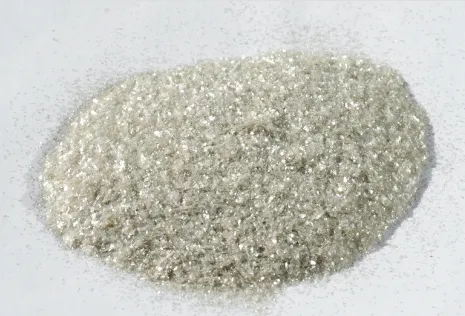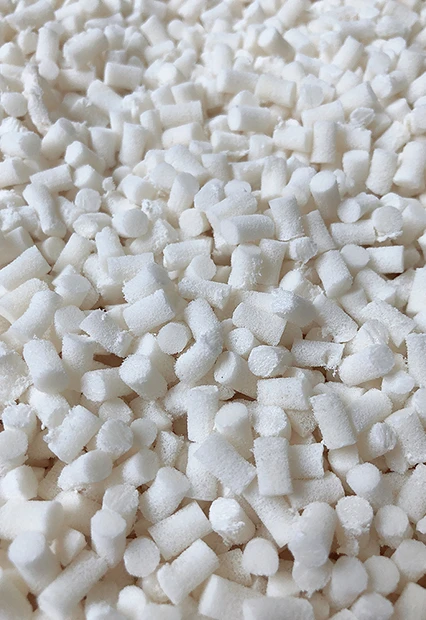Feb . 06, 2025 06:07
Back to list
D-5 MICA
The pursuit of impeccable mica quality is a fascinating journey into the world of minerals, where precision, utility, and aesthetic elegance converge. Mica, a naturally occurring mineral, has established a crucial role in numerous industries due to its unique properties. The key to unlocking its potential lies in understanding the metrics of mica quality and how they impact its applications.
The authoritative voices in the mica industry—ranging from mineralogical experts to seasoned industrial users—emphasize the importance of sourcing mica from reputable providers known for their stringent quality control. Trustworthy suppliers typically adhere to international standards, ensuring the mica’s performance characteristics are adequately validated, thus reducing the risk of malfunctions or failures in critical applications. Moreover, these suppliers often provide in-depth usage data, case studies, and technical documentation that can empower stakeholders to make informed decisions unique to their industry needs. For example, a manufacturer in the electronics sector might prioritize dielectric strength and thermal conductivity, whereas a cosmetic company may focus more significantly on luster and purity. Experts advise organizations to invest in thorough testing and validation processes. This includes laboratory analysis and field testing to confirm that the mica meets not only industry standards but also the bespoke requirements of specific projects. By adopting these best practices, companies can ensure the material’s reliability and boost their product’s performance and safety standard compliance. Ultimately, the journey to obtaining superior mica quality is deeply intertwined with experience and expertise. It requires an understanding of the material’s inherent properties, a critical assessment of practical requirements, and the ability to source from reliable, authoritative suppliers. Companies can significantly enhance their innovation potential and market competitiveness through meticulous attention to mica quality, aligning with industry trends and consumer expectations. In a world where differentiation in product performance and sustainability increasingly defines market leaders, harnessing quality mica can equip companies with a tangible advantage. The quest for excellence in mica quality continues to drive research and development, aided by the insights of determined experts and guided by rigorous standards of trust, ensuring that mica remains a versatile and indispensable element across diverse industrial landscapes.


The authoritative voices in the mica industry—ranging from mineralogical experts to seasoned industrial users—emphasize the importance of sourcing mica from reputable providers known for their stringent quality control. Trustworthy suppliers typically adhere to international standards, ensuring the mica’s performance characteristics are adequately validated, thus reducing the risk of malfunctions or failures in critical applications. Moreover, these suppliers often provide in-depth usage data, case studies, and technical documentation that can empower stakeholders to make informed decisions unique to their industry needs. For example, a manufacturer in the electronics sector might prioritize dielectric strength and thermal conductivity, whereas a cosmetic company may focus more significantly on luster and purity. Experts advise organizations to invest in thorough testing and validation processes. This includes laboratory analysis and field testing to confirm that the mica meets not only industry standards but also the bespoke requirements of specific projects. By adopting these best practices, companies can ensure the material’s reliability and boost their product’s performance and safety standard compliance. Ultimately, the journey to obtaining superior mica quality is deeply intertwined with experience and expertise. It requires an understanding of the material’s inherent properties, a critical assessment of practical requirements, and the ability to source from reliable, authoritative suppliers. Companies can significantly enhance their innovation potential and market competitiveness through meticulous attention to mica quality, aligning with industry trends and consumer expectations. In a world where differentiation in product performance and sustainability increasingly defines market leaders, harnessing quality mica can equip companies with a tangible advantage. The quest for excellence in mica quality continues to drive research and development, aided by the insights of determined experts and guided by rigorous standards of trust, ensuring that mica remains a versatile and indispensable element across diverse industrial landscapes.
Prev:
Next:
Latest news
-
Transforming Surfaces with Mica-Enhanced Paints in Coatings and DecorationNewsJul.02,2025
-
The Ultimate Guide to Mica-Based Luminous Colors with Pearlescent PigmentNewsJul.02,2025
-
The Critical Role of Mica in Industrial Applications in Welding and Oil FieldsNewsJul.02,2025
-
Revolutionizing Automotive Aesthetics with Modified Plastics Pearlescent PigmentsNewsJul.02,2025
-
The Secret with Mica Powder for Cosmetics Behind Radiant, Natural MakeupNewsJul.02,2025
-
Enhancing Performance in Polymer Applications with Mica Powder for RubberNewsJul.02,2025
Products categories









